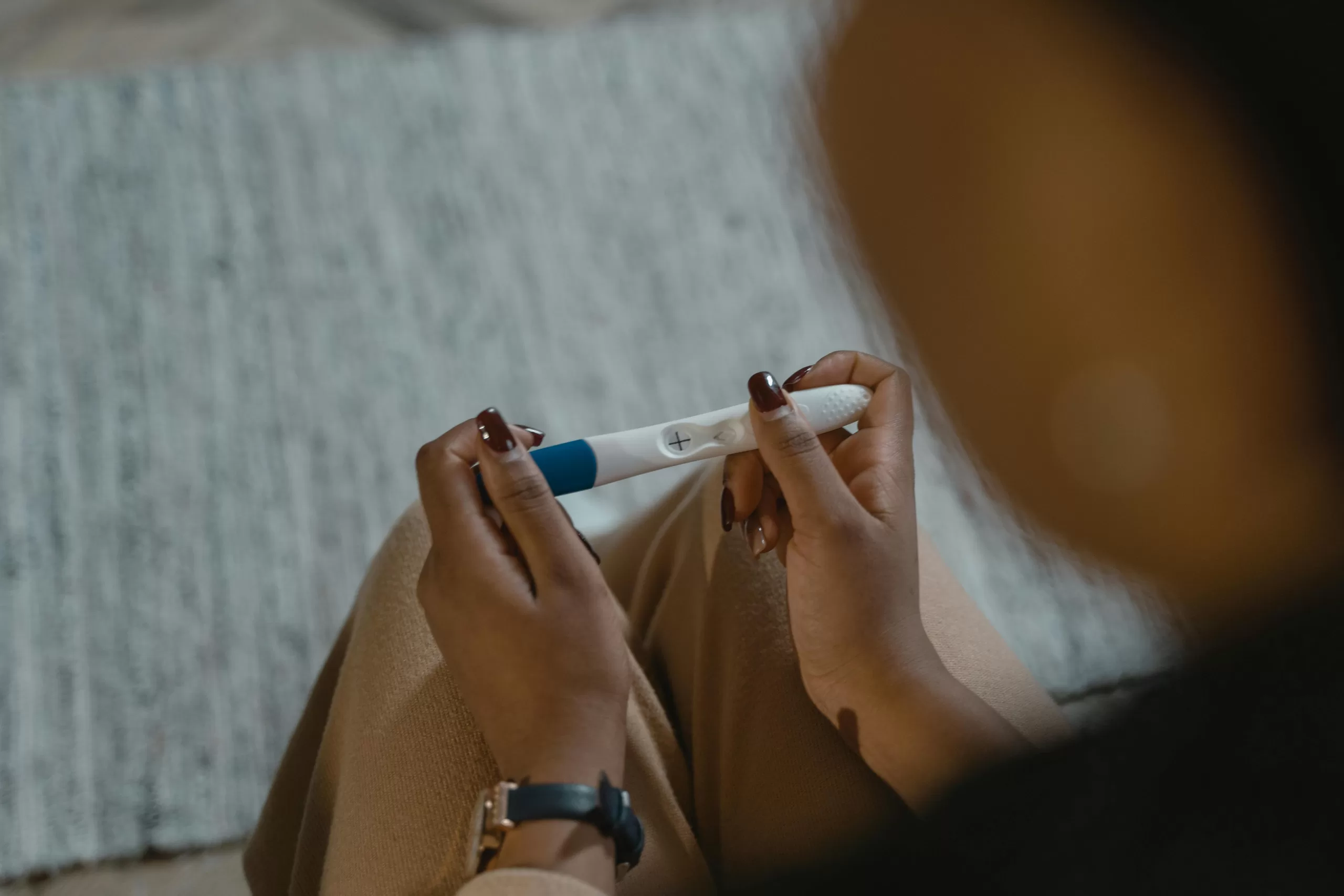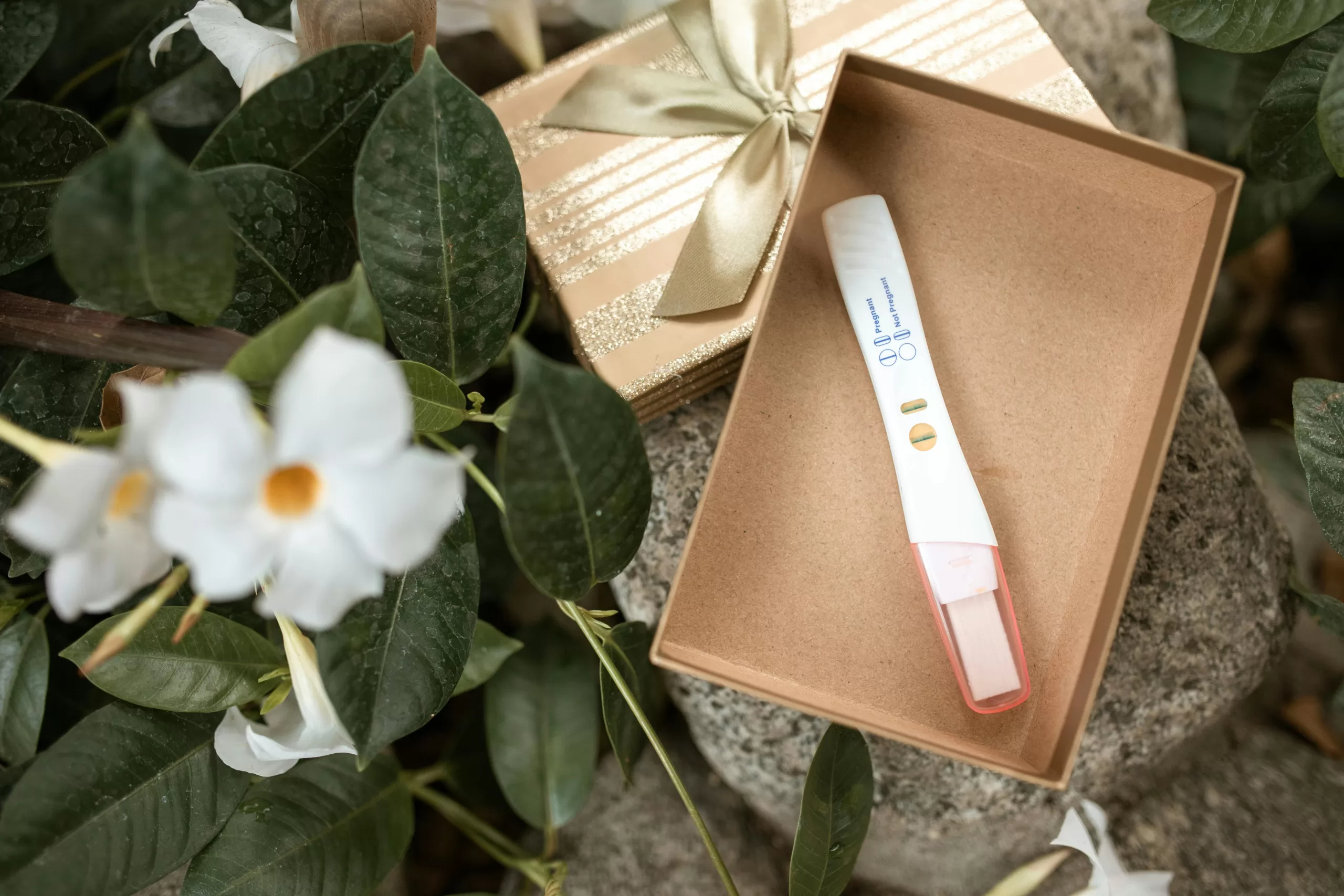

For a study published earlier this month, researchers at Harvard Medical School (HMS) and the University of Copenhagen gave an AI tool access to 9 million patient records3 across the Danish medical system and U.S. VA hospitals. They trained to tool to read diagnostic codes and identify patterns between cancer diagnosis and other preexisting diagnoses. Then, it gave the tool a new set of medical records and asked it to identify each patient’s risk of pancreatic cancer within three months, six months, one year, two years, and three years.
When assessing short-term risk, the tool flagged more obvious diagnostic codes, like unspecified jaundice, diseases of biliary tract, abdominal and pelvic pain, weight loss, and neoplasms of digestive organs, which researchers say could actually be symptoms of already present cancer. But when asked to assess long-term risk, the tool identified diagnoses that are not directly related, like Type 2 and insulin-independent diabetes.
Researchers believe the tool is more accurate than current population-wide estimates and at least as accurate as genetic testing, which is currently given only to those already identified as high risk.
In one part of the experiment, researchers gave the tool an example real-world population of 1 million patients and asked it to identify the 1,000 patients with the highest risk of pancreatic cancer. Of the 1,000 it chose, 320 of them went on to get pancreatic cancer. And while some of the chosen patients would have been identified as high risk by their doctors, researchers believe at least 70 of those would have been newly identified as high risk by the AI tool.








